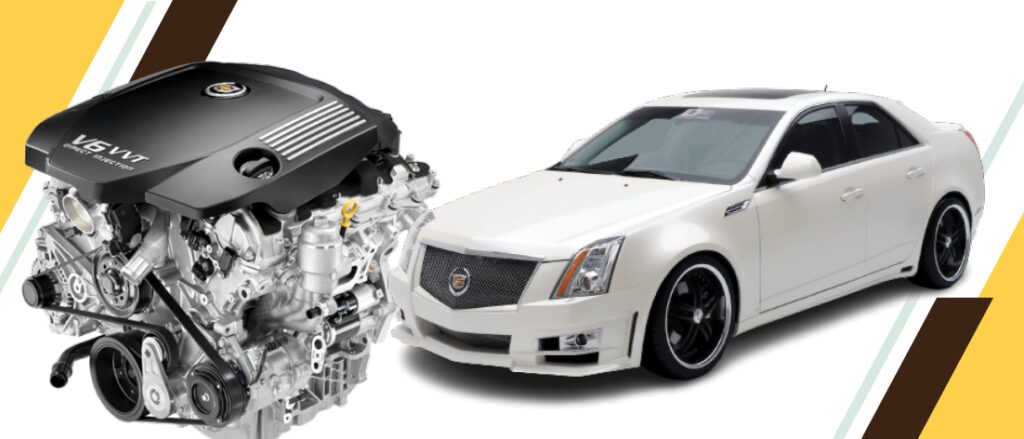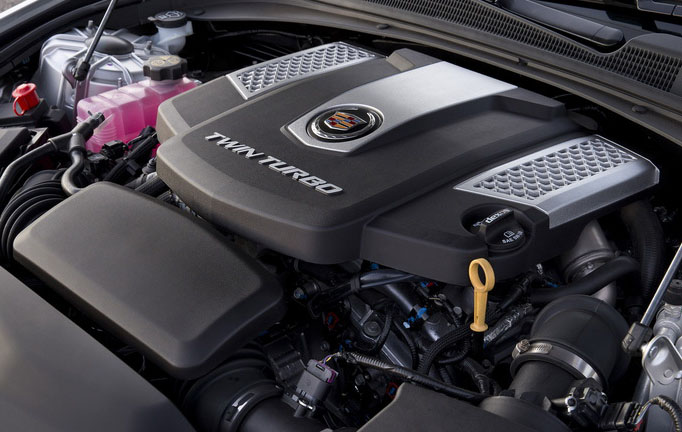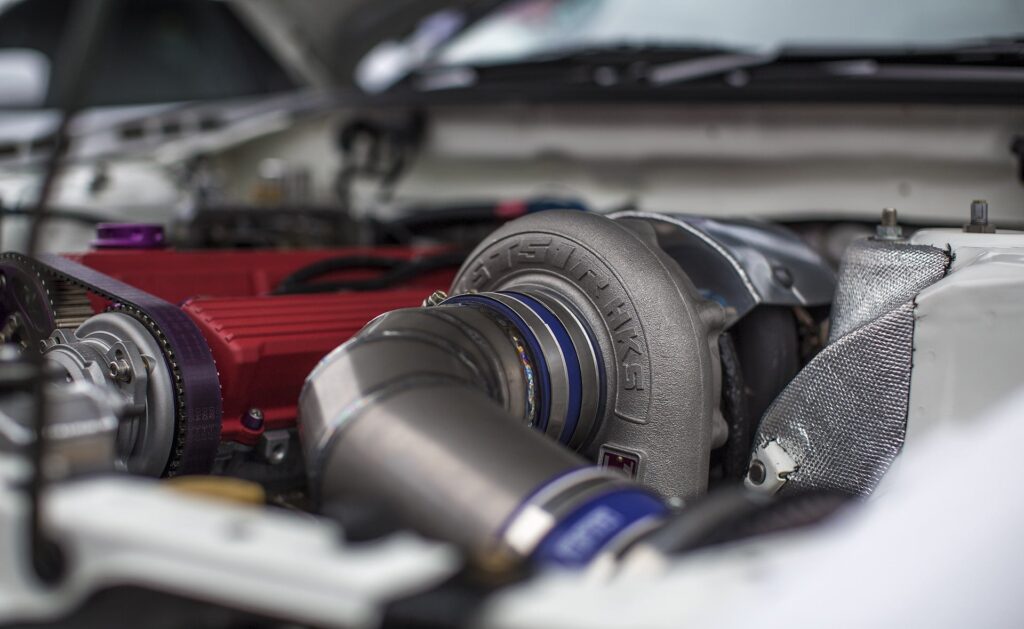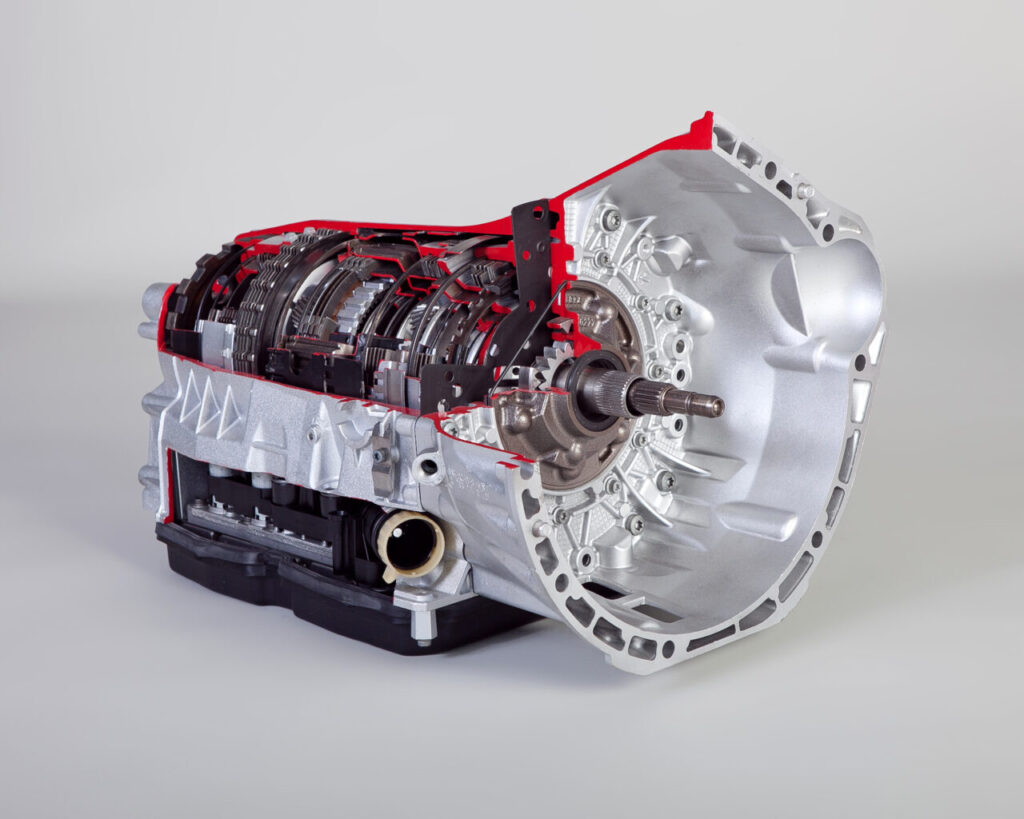GM 3.6L engine - Is it GM's worst Engine?

When we talk about car engines, a name that often comes up is the GM 3.6L engine. This V6 powerhouse has been a staple in General Motors’ lineup for years, gracing a variety of vehicles across brands like Chevrolet, GMC, Cadillac, and Buick.
But beneath the shiny hood and impressive specs, there’s been a cloud of controversy. Some call it the “worst GM engine ever made,” while others praise its capabilities. Let’s dive into the world of the GM 3.6L engine, separating fact from fiction, and exploring its reliability and the reasons behind its reputation.
Key features
At its core, the GM 3.6L engine is a V6 masterpiece that’s powered many vehicles on our roads. With a displacement of 3.6 liters, it’s no surprise how it got its name. This engine has seen various iterations and upgrades, each bringing its own set of features and innovations.
What’s unique about this powerplant is its direct fuel injection system. Think of it as the precision injector delivering fuel straight to the combustion chamber, enhancing efficiency, power output, and even fuel economy.
Variable Valve Timing (VVT) and Variable Valve Lift are two other aces up the 3.6L’s sleeve. These technologies allow the engine to tweak the timing and lift of the intake and exhaust valves on the fly. Translation?
It optimizes performance, fuel efficiency, and emissions across the entire spectrum of driving conditions.
Additional features include:
- The engine block and cylinder heads are made from aluminum, which helps reduce overall weight and aids in heat dissipation.
- Some iterations of the engine feature an integrated exhaust manifold design, which can help improve turbocharger response (if equipped) and reduce turbo lag in certain applications.
- In certain models and model years, the engine may include GM’s Active Fuel Management system, which deactivates certain cylinders under light-load conditions to improve fuel efficiency.
- In specific applications like the Cadillac CT6 V-Sport, a version of the GM 3.6L engine was offered with a twin-turbocharged configuration, significantly boosting power output and performance.
- The engine features an integrated coolant crossover design that helps improve coolant flow and distribution, aiding in temperature control.
- Like most modern engines, the GM 3.6L engine features an electronic throttle control system that enhances throttle response and allows for integration with various vehicle control systems.
- The engine is typically managed by sophisticated engine control modules (ECMs) that monitor and optimize various engine parameters for performance, efficiency, and emissions control.
- In some versions, a balancing shaft is incorporated to reduce vibrations and enhance smoothness.
GM 3.6L engine - Reliability Myths and Reality
The reliability of the GM 3.6L engine has sparked numerous debates in the automotive world. Like any complex piece of machinery, it’s not immune to issues, but labeling it the “worst GM engine ever made” is a tad too harsh.
Every vehicle on the market, regardless of brand, has its share of problems, and the 3.6L engine is no exception.
One of the common concerns reported by some owners is timing chain problems. These issues can lead to poor engine performance, rough idling, and even potential engine damage if left unchecked.
How do you prevent timing chain failure?
Wondering how to steer clear of timing chain troubles in your GM 3.6L V6 engine? Well, it’s all about giving your engine some TLC and tackling issues head-on.
First off, let’s chat about keeping that timing chain in tip-top shape. You’ve got to stick to a schedule of regular oil changes and make sure you’re using the right kind of oil – the one that’s recommended for your ride.
This oil keeps your timing chain and its buddies well-lubricated and happy.
Speaking of oil, don’t skimp on quality. Go for the good stuff that matches what the manufacturer suggests. Your engine will thank you later.
Now, about those oil change intervals. Stick to what the manufacturer recommends, or if you’re driving like a champ in tough conditions, consider changing it more often. This move helps your timing chain stay lubed up and fights against it wearing down too soon.
Keep an ear out for any strange noises coming from your engine. If it starts sounding like a rattle party or a clatter fest, it might be trying to tell you something – like the timing chain tensioner needs some attention. If that’s the case, don’t wait around – get it checked and fixed pronto.
Ever heard your engine do a little rattle dance during startup? That could be the timing chain giving you a heads-up that something’s not right. Take it seriously, especially in the startup moments.
Oh, and if that check engine light suddenly comes on and it’s talking about timing stuff, don’t brush it off. Have a pro mechanic give it a look to nip any issues in the bud.
There are two specific codes, P0008 and P0017, that you should keep an eye on. P0008’s all about your camshaft’s performance, while P0017 points to a crankshaft and camshaft mismatch caused by a grumpy timing chain.
Remember, this engine is like a finely choreographed dance – an interference engine. So, if you neglect that timing chain and let it do its own thing, you might just end up damaging the whole ensemble.
And trust me, that’ll hurt your engine’s performance and might even lead to misfires.
Now, let’s talk numbers. Fixing a timing chain hiccup can cost you anywhere from $3,000 to a whopping $10,000. Yeah, it’s not pocket change.
Stick to the manufacturer’s recommended service schedule and, when swapping out those timing chain parts, go for the real deal – original equipment manufacturer (OEM) parts. They’re designed to fit perfectly and keep your engine humming along smoothly.
If your vehicle is clocking in some serious mileage and you're hearing odd timing chain-related sounds, it might be time to replace your timing chain.
Water pump failures have also popped up in discussions. A failing water pump might cause overheating troubles, which can be a real headache. Additionally, oil leaks have caused a fair amount of stress for some drivers.
Leaks from valve cover gaskets and oil pan gaskets can lead to oil consumption and potential engine issues.
Let’s not forget about direct injection carbon buildup. This is an issue with many direct injection engines, not just the 3.6L. Carbon buildup on the intake valves can lead to rough idling, decreased fuel efficiency, and reduced performance.
Variable valve timing components can sometimes fail, leading to issues with engine performance and efficiency.
Certain vehicles with the 3.6L engine have been reported to experience excessive oil consumption. This can result in the need for more frequent oil top-offs and potential engine damage if oil levels are not maintained.
But here’s the kicker: these problems aren’t exclusive to the 3.6L engine. Reliability often boils down to maintenance and driving habits.
Regular oil changes, proper coolant levels, and heeding the manufacturer’s maintenance schedule can go a long way in extending the life of any engine.
Why the Bad Reputation of the GM 3.6L engine?
So, if the GM 3.6L engine isn’t alone in facing problems, why does it have such a bad reputation? Part of it might be due to sheer volume.
This engine has been widely used across multiple brands and models, meaning more people have experienced issues.
Bad news tends to travel faster than good news, and a vocal minority can create a perception that’s not entirely representative of reality.
Additionally, there’s the matter of expectations. This engine was often marketed as a high-performance option in various vehicles.
When something goes wrong in a high-performance engine, the impact can be more pronounced and may lead to a more critical assessment of its overall reliability.
Moving Forward: Learning from the Past
The GM 3.6L engine has had its fair share of ups and downs. But the automotive world is a dynamic one, and manufacturers learn from their experiences.
Subsequent iterations and updates have aimed to address some of the reported issues and improve overall reliability. The lesson here is that manufacturers must not only innovate but also actively listen to customer feedback to refine their products.

Vehicles using the 3.6L GM engine
- Cadillac CTS (2004-2011)
- Chevrolet Malibu (2007-2012)
- Chevrolet Impala (2006-2012)
- GMC Acadia (2007-2012)
- Buick Enclave (2008-2012)
- Saturn Outlook (2007-2010)
- Pontiac G8 (2008-2009)
Closing Thoughts on the GM 3.6L engine
By 2012, GM had acknowledged a majority of the problems associated with the 3.6L engines and started making fixes in interactions. That means you need to be especially keen on vehicles made before 2012.
So, to sum it all up – is the GM 3.6L V6 a reliable engine? Well, it’s a mixed bag. Like a blockbuster movie, it’s got its shining moments and a few plot twists. But with proper care, attention, and a sprinkle of good luck, you could have a solid companion under your hood for many miles to come.
Also related articles ..

Are Turbo Engines Reliable
Are Turbo Engines Reliable? – Find out everything about Turbocharged engines.

Best Automatic Transmission
This is a comprehensive review of the best automatic transmissions available in the market.

